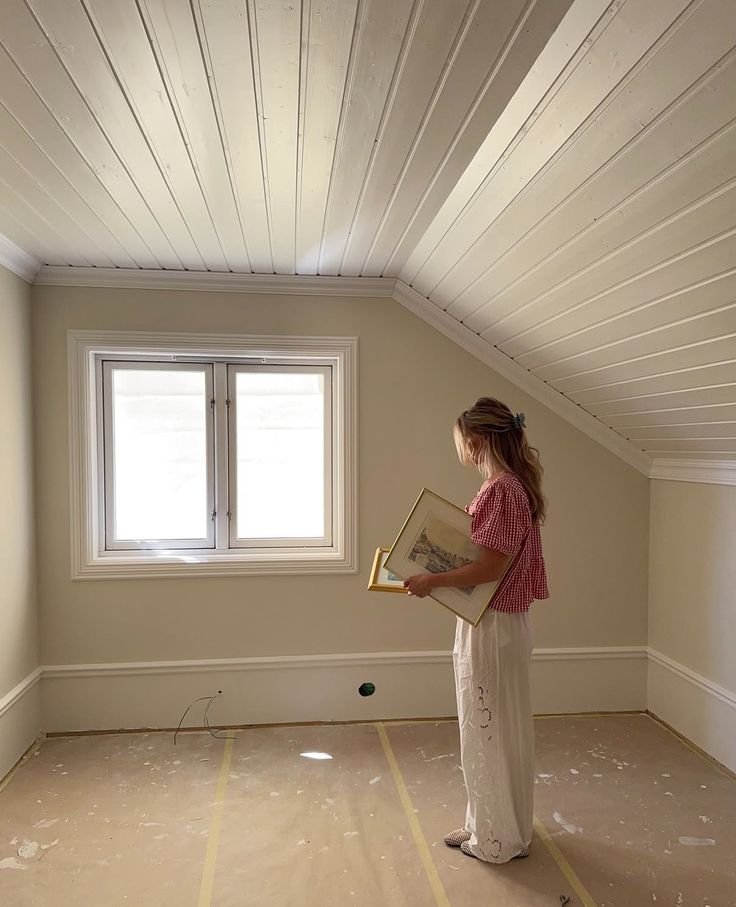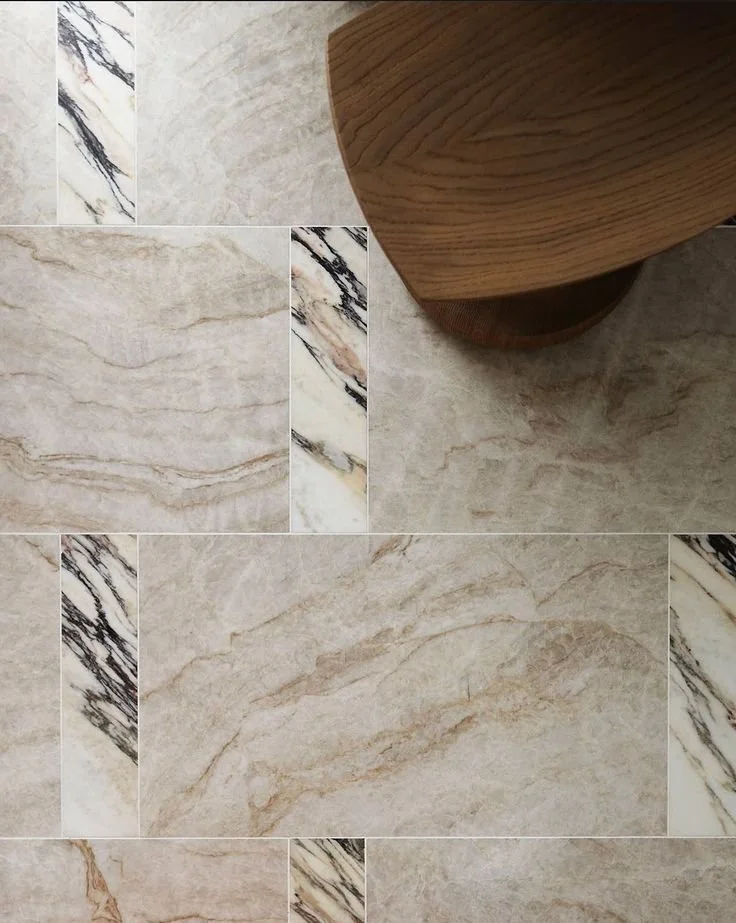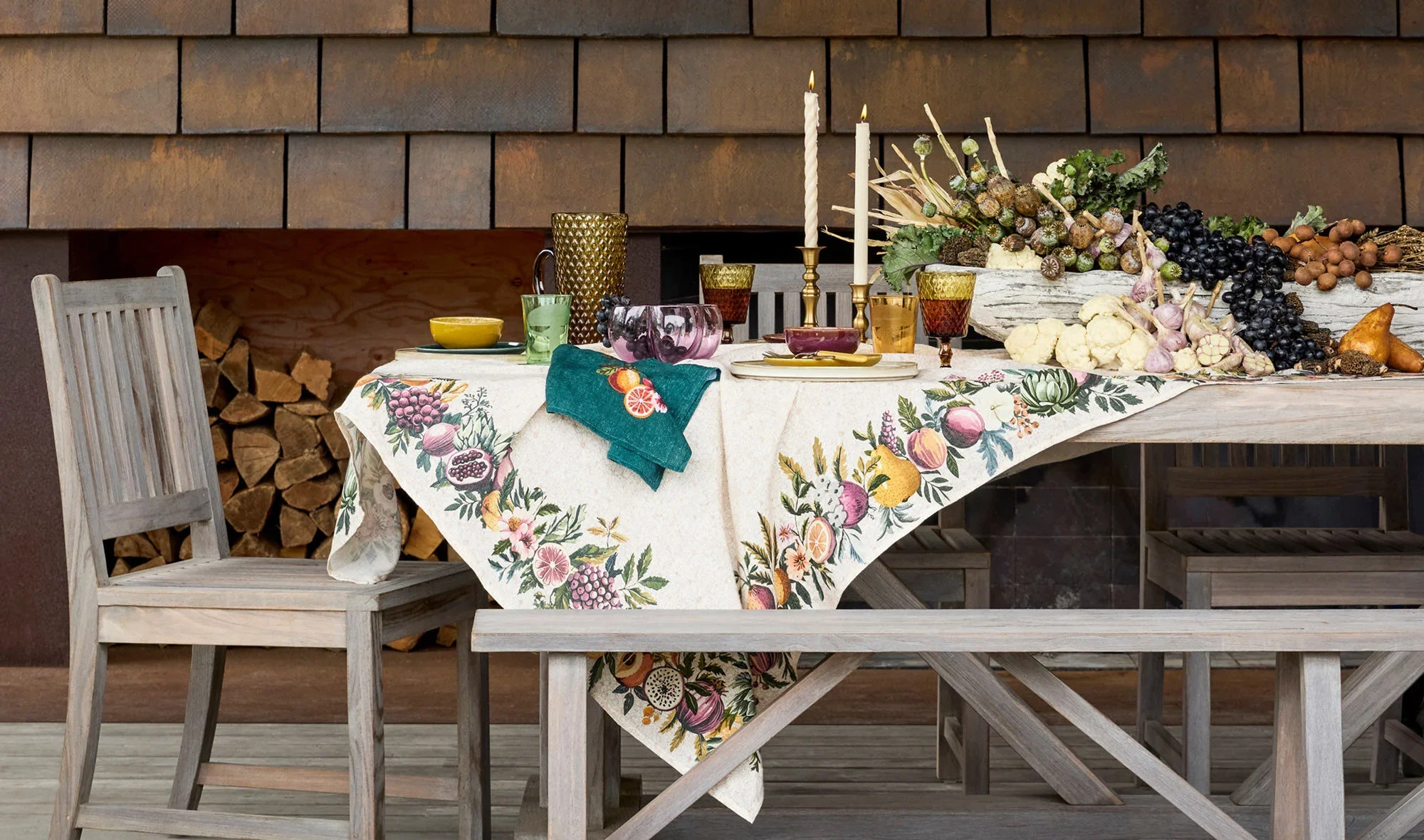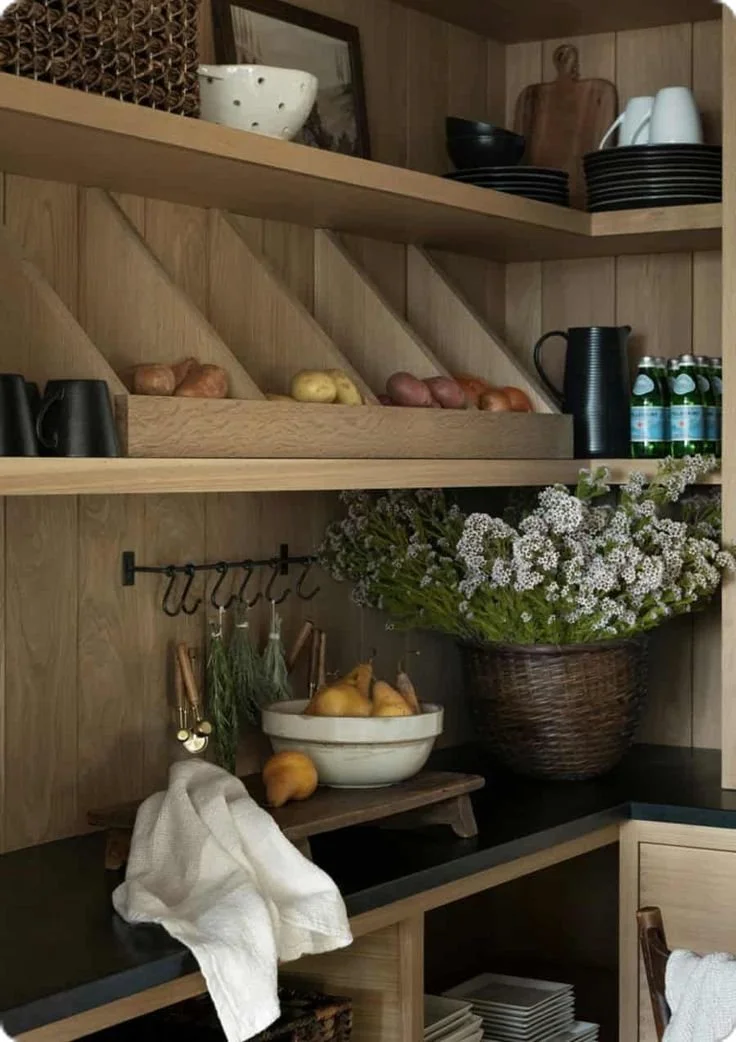Which Wax Makes DIY Candles Burn Cleaner And Smell Better?
If you’ve ever spent hours crafting a candle only to watch it tunnel, smoke, or barely release any scent, you’re not alone. DIY candle making is an incredibly rewarding hobby, but it comes with a steep learning curve. One moment your candle looks flawless in the jar, and the next, it’s burning unevenly or producing little to no fragrance.
Here’s the truth that many beginners overlook: the type of wax you use plays a far more critical role than you might think. It’s not just about aesthetics or how quickly it melts. Wax is the foundation of your candle—it carries the fragrance, supports the wick, and determines how your creation performs from the first burn to the last flicker. If you’re aiming for a cleaner burn and a stronger scent, the solution often lies in what’s in the pot, not what you’re adding to it.
In this article, we take a closer look at various types of wax to determine which one helps DIY candles burn cleaner and emit a more pleasant fragrance.
No. 1
Why Wax Type Matters More Than You Think
Wax isn’t just a passive base that holds everything together. It’s the engine and diffuser of your candle. A high-quality wax helps your candle burn evenly, maintain a steady flame, and deliver a consistent scent throw. A poor-quality wax, however, can lead to soot-stained jars, buried wicks, and wasted fragrance oils.
Some waxes are more forgiving than others. Softer waxes, for instance, tend to create better melt pools—an essential factor for even burning and consistent scent distribution. Others may burn hotter, causing your candle to disappear faster or release fragrance too quickly, leading to overpowering or short-lived aromas.
You’ve probably noticed that certain waxes cool with a smooth finish, hold their shape, and don’t require endless trial and error to get right. That’s not a coincidence. Each wax type has its own chemistry, which affects everything from wick compatibility to how well it binds with fragrance oils. Understanding these differences early can save you time, money, and a lot of frustration.
No. 2
Comparing Natural and Blended Options for Cleaner Results
When choosing your wax, the first major decision is between natural waxes and synthetic or blended alternatives.
Natural waxes—like soy, coconut, or beeswax—are known for burning cleaner and cooler.
This results in:
Less soot and smoke
A more controlled fragrance release
Biodegradable, eco-friendly properties
These qualities make natural waxes ideal for those creating candles for personal use, gifting, or selling with a sustainability focus.
On the other hand, paraffin and blended waxes offer certain advantages:
Excellent scent throw
Smooth, glossy finish when cooled
Easier handling for beginners
However, they tend to burn hotter and can produce more carbon buildup over time. If your goal is a cleaner, more eco-conscious candle, this is where issues may arise.
Many hobbyists find that switching to a natural candle wax significantly improves both scent throw and air quality. That said, not all synthetic blends are problematic. Some now include soy or coconut to offer a middle ground—balancing performance with a cleaner burn.
No. 3
Scent Throw Isn’t Just About Fragrance Oil
It’s a common misconception that a stronger-smelling candle simply needs more fragrance oil. In reality, the wax plays a much larger role in how scent is released—both when the candle is cold and while it’s burning.
Different waxes interact with fragrance oils in unique ways.
For example:
Softer, slower-burning waxes melt more evenly, allowing for a gradual and stable scent release.
Soy and coconut blends often have higher fragrance load capacities, meaning they can hold more oil without compromising burn quality.
Even with the perfect fragrance-to-wax ratio, results will fall short if the wax isn’t compatible with the oil type.
Temperature is another factor. If your wax burns too hot, it can scorch the fragrance or release it all at once, leaving little scent for future burns. Cooler-burning waxes offer a more consistent experience—especially when paired with proper curing. Small tweaks in wax selection can lead to major improvements in how your candles smell and perform.
Noissue
Unleash your brand's creativity with custom packaging from Noissue! Make a memorable impression while staying eco-friendly. Elevate your unboxing experience today!
No. 4
How Temperature Control Affects the Final Candle
Candle making is equal parts art and chemistry, and nowhere is this more evident than in how wax responds to temperature. Each wax has a specific melting point, ideal pouring range, and recommended cure time. Deviating from these guidelines can affect everything from texture to scent throw.
Common temperature-related issues include:
Overheating wax: causes frosting, sunken tops, and poor scent retention
Pouring too cool: leads to uneven surfaces and poor adhesion to containers
Rushing the cure: results in weak scent throw and uneven burns
The key is consistency. Use a thermometer during melting, time your pours carefully, and test how different waxes cure over time. Especially with sensitive waxes like soy or coconut, temperature control can make or break your final product.
No. 5
Getting Better Results Without Spending More
It’s easy to assume that better candles require expensive ingredients or advanced tools, but that’s rarely the case. More often, success comes from understanding your materials and how they interact.
The difference between a mediocre candle and a great one usually isn’t the price tag—it’s how well the wax, wick, and fragrance work together.
Tips for improving results without overspending:
Experiment in small batches
Stick to one wax and test different conditions (pour temp, cure time, wick size)
Make adjustments before changing your fragrance formula
Most issues—like poor scent throw or fast-burning wicks—can be resolved by refining your wax handling process.
For hobbyists, the goal isn’t perfection—it’s consistency. When you understand how wax type, temperature, and curing affect your candle, everything else becomes easier to troubleshoot. That’s how your next batch ends up stronger, smoother, and more satisfying to use.
Takeaways
Candle making is a deeply rewarding craft, but it demands more than just creativity—it requires insight into the materials you’re working with. While fragrance oils and wicks often get the spotlight, the wax you choose plays a foundational role in your candle’s performance, scent, and longevity.
By understanding how different waxes behave, how they interact with fragrance, and how temperature control influences the final product, you can elevate your candle-making process without adding complexity or cost.
Whether you’re crafting for personal enjoyment or building a small business, starting with the right wax and mastering its nuances is the key to creating cleaner-burning, better-smelling, and more beautiful candles. The next time you pour a batch, remember: the magic begins with what’s in the pot.
Looking for Home resources?
Looking to enhance your living space and create a sanctuary that supports your well-being? Explore our home partners who offer a wide range of resources to elevate your home environment.































